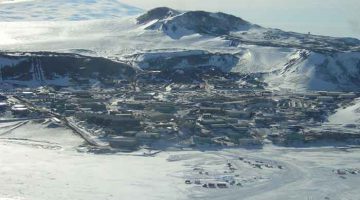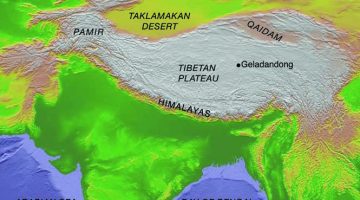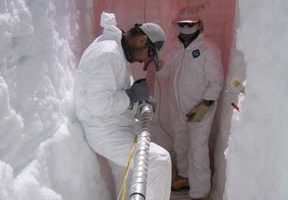Abandoned southern elephant seal colonies as paleoclimate indicators in the Antarctic
Abandoned southern elephant seal colonies as paleoclimate indicators in the Antarctic. Abandoned Southern Elephant Seal Colonies as Paleoclimate Indicators in the Antarctic Brenda Hall, Audrey Bamberg, Alice Doughty, University of Maine. Seth Newsome, University of California, Santa Cruz January 1 to February 15, 2006 This is a multidisciplinary project centered on abandoned southern elephant seal […]
Read more




